Clarice Bruckmanhttp://doitbeforeme.com/Clarice Brookman is a partner in the Do It Before Me. Her principal area of practice includes coloring pages, drawings, and art designs. Brookman has extensive experience advising parents on guiding children's development through various artistic activities, including coloring and drawing.

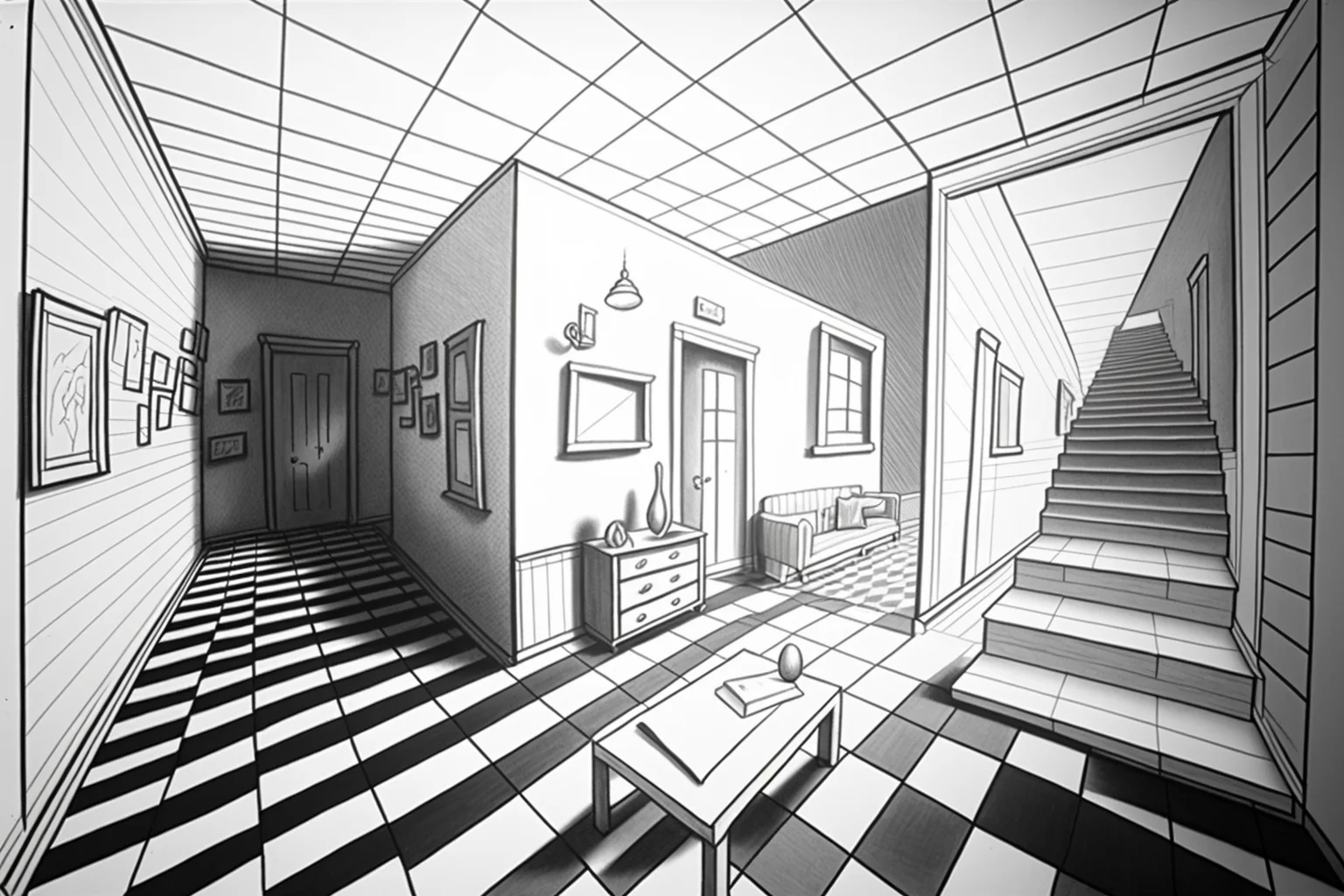
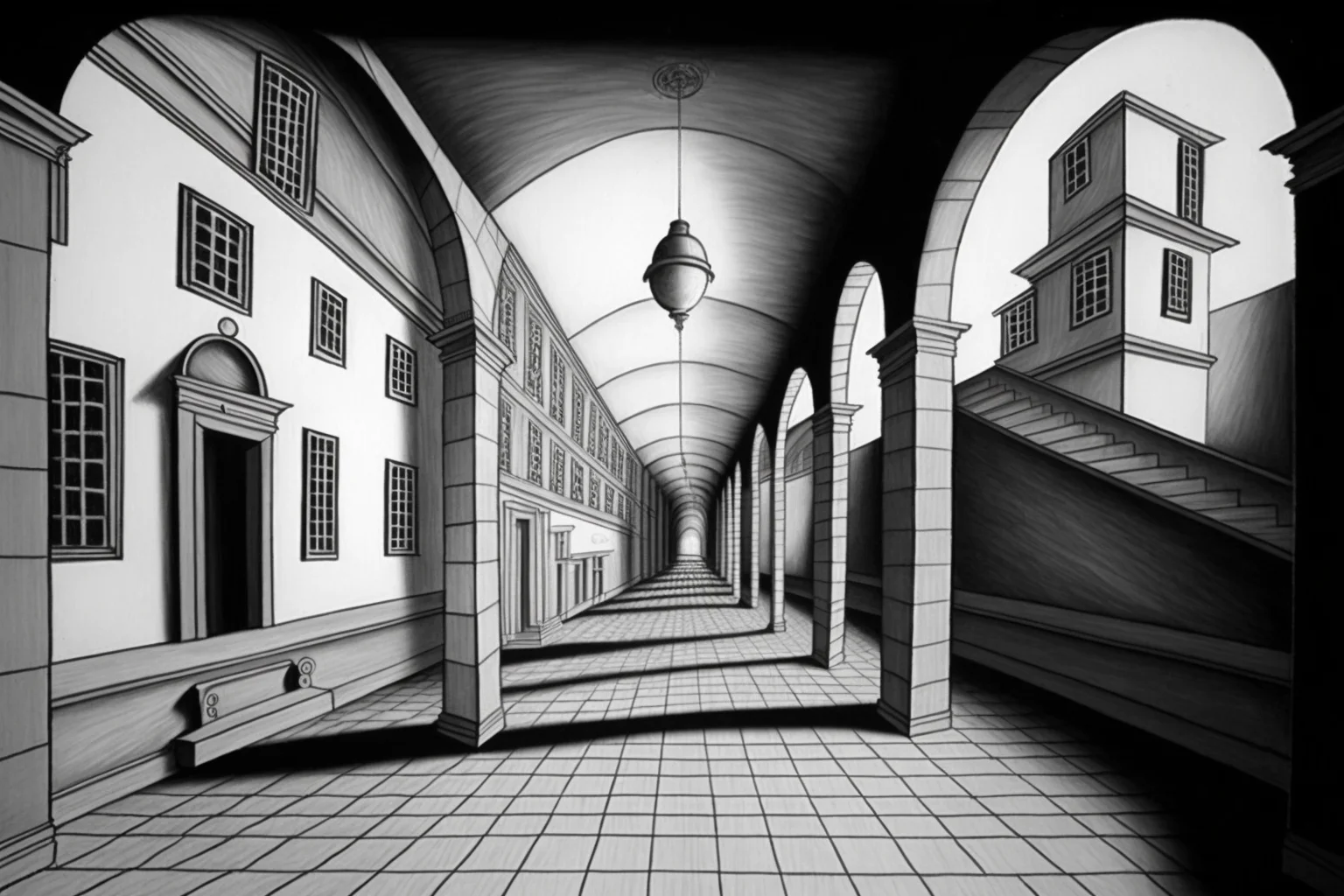
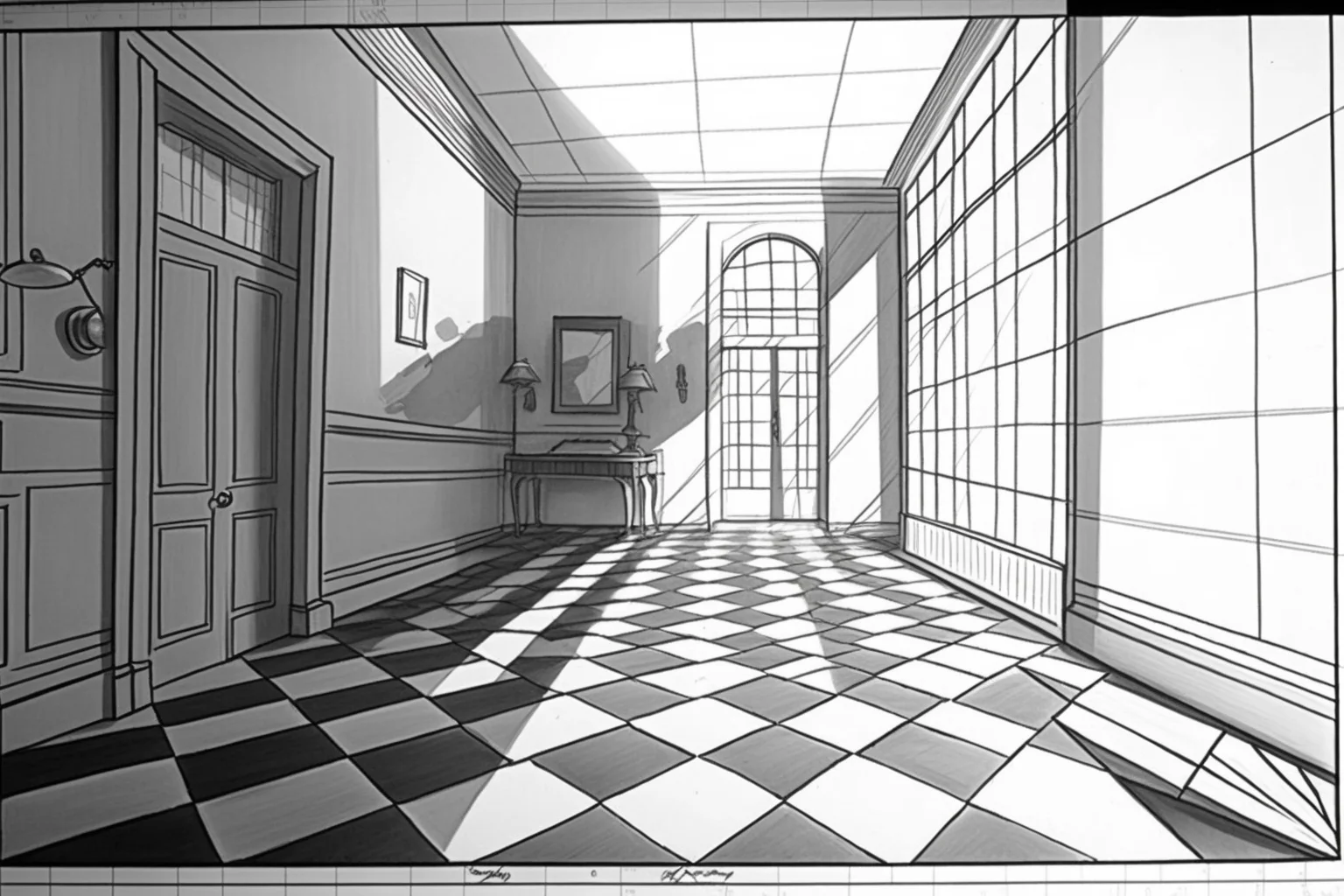
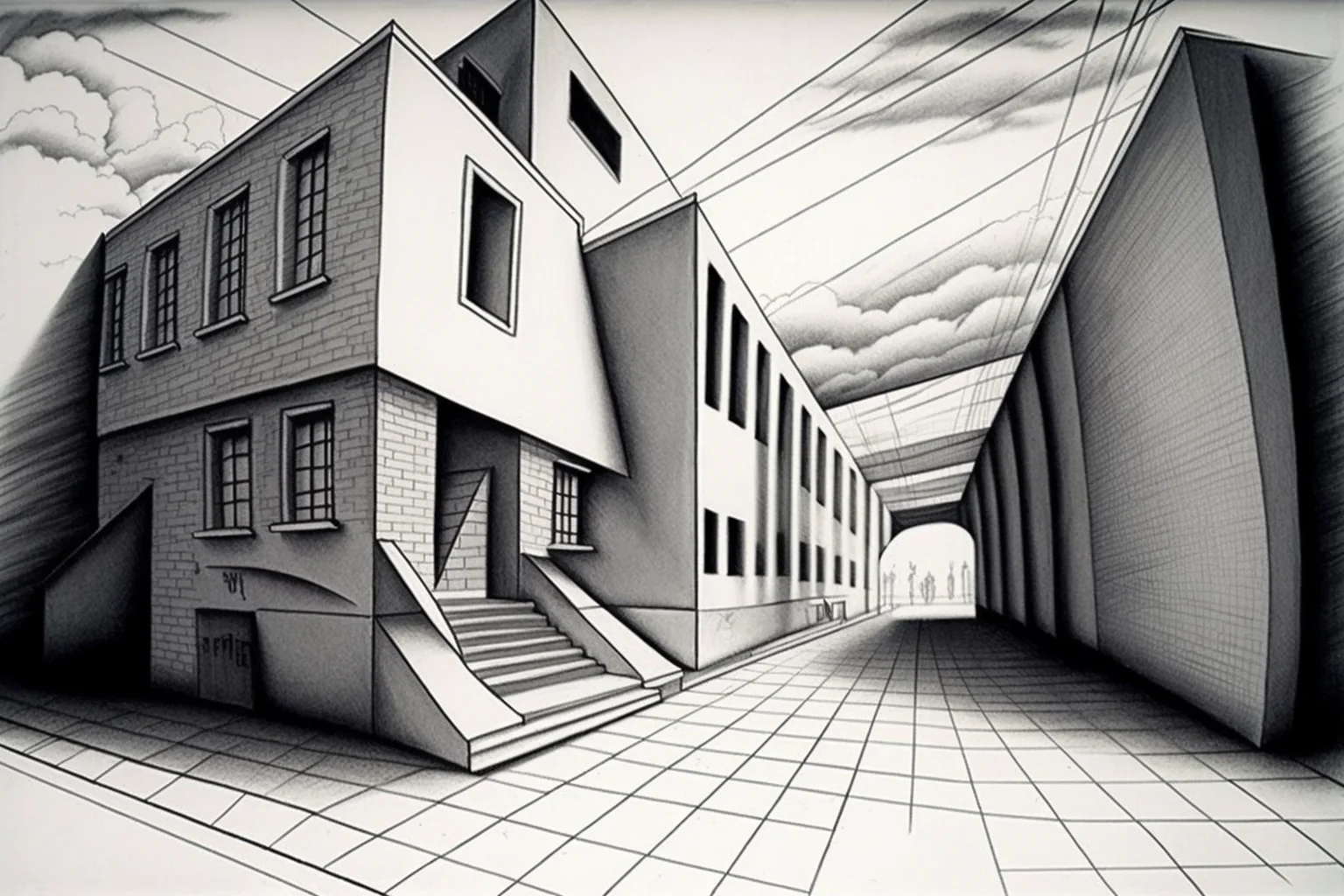

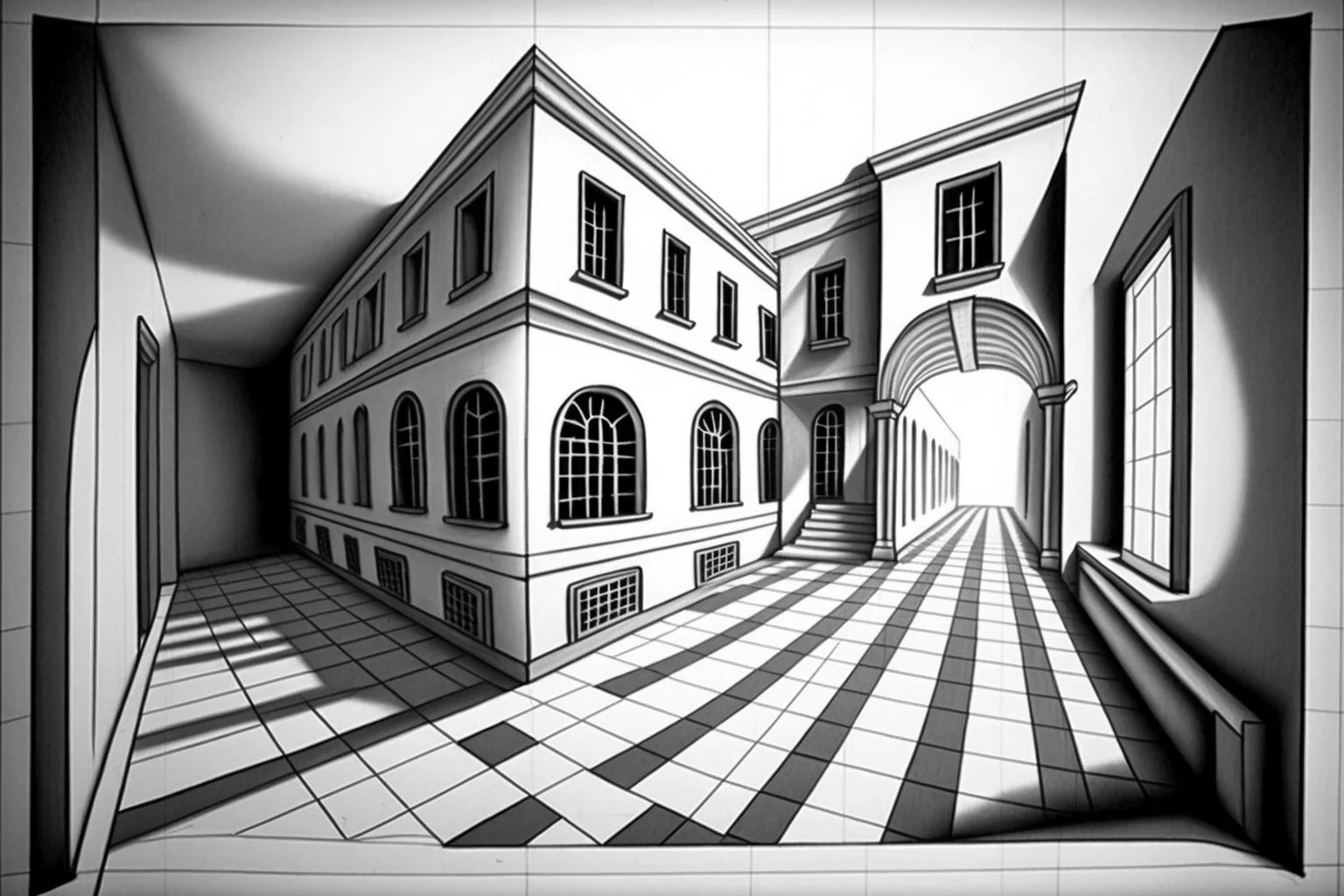
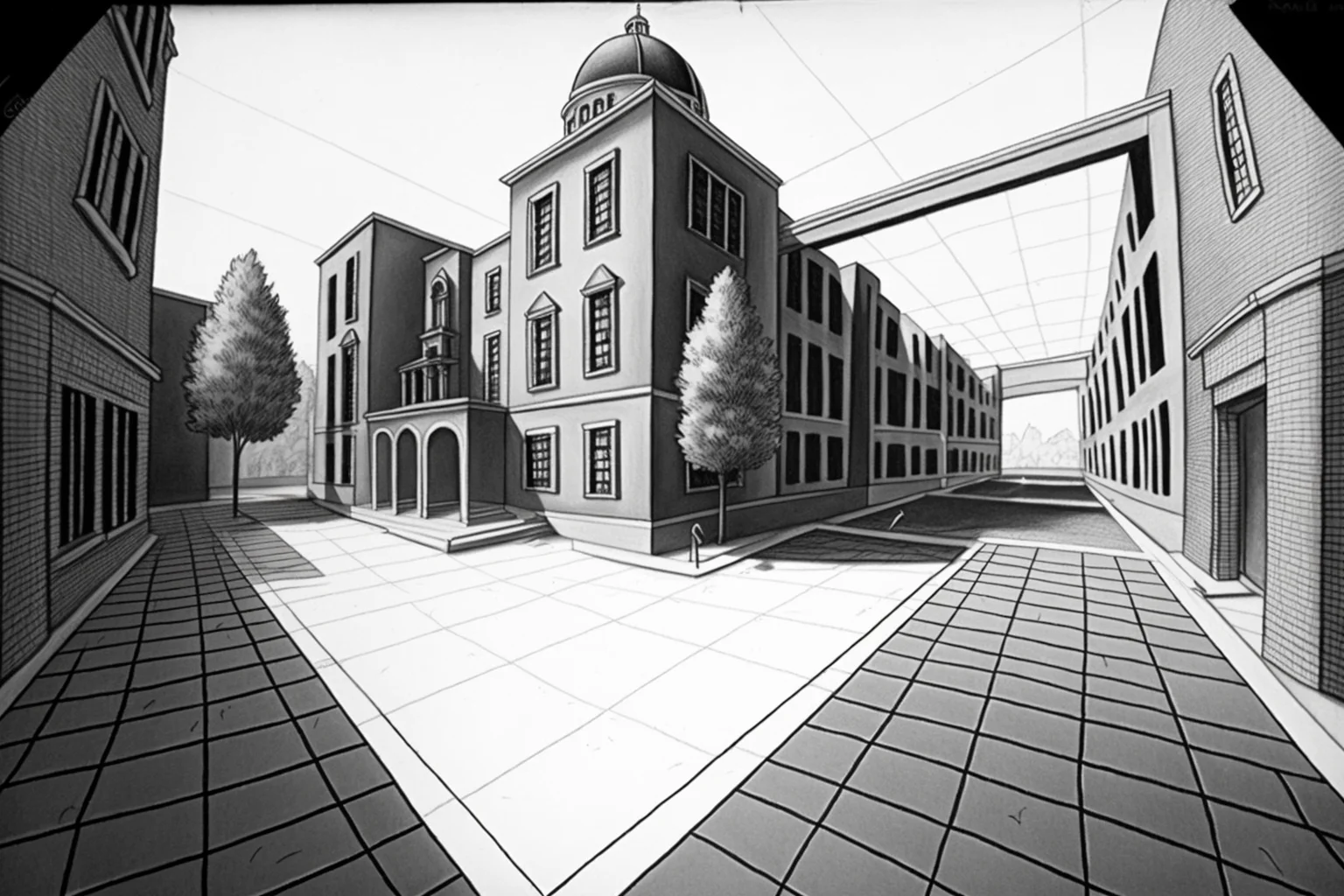
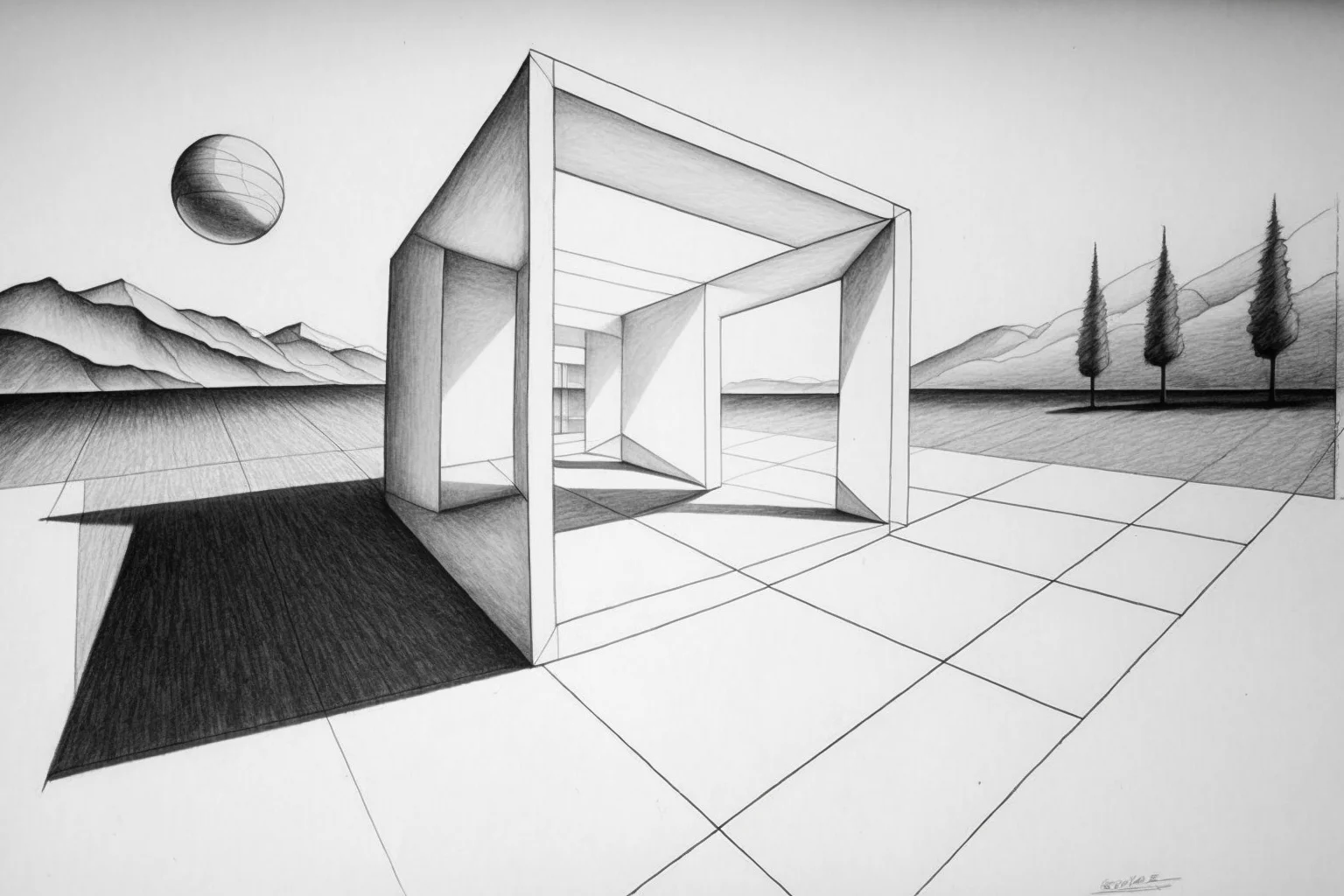
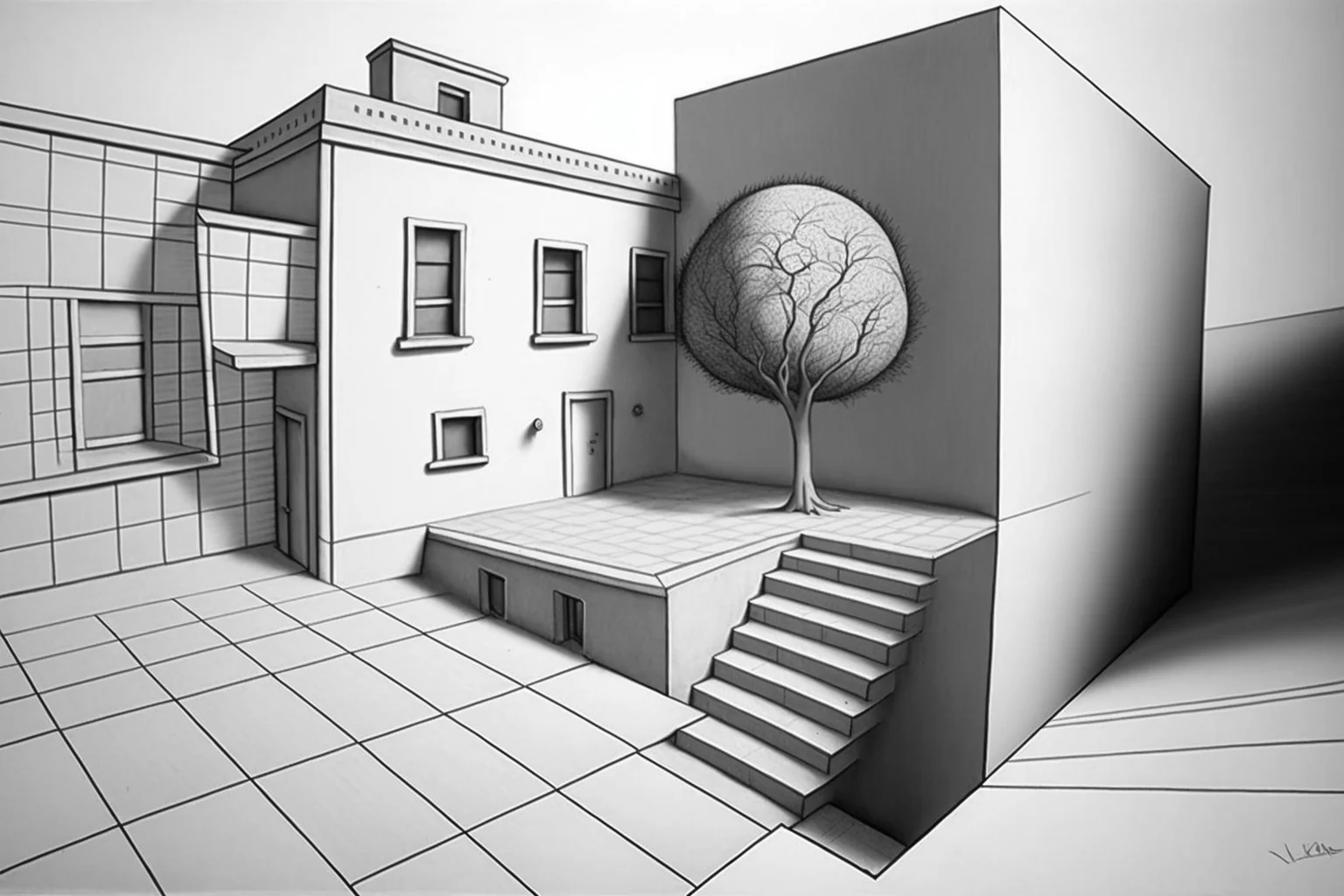
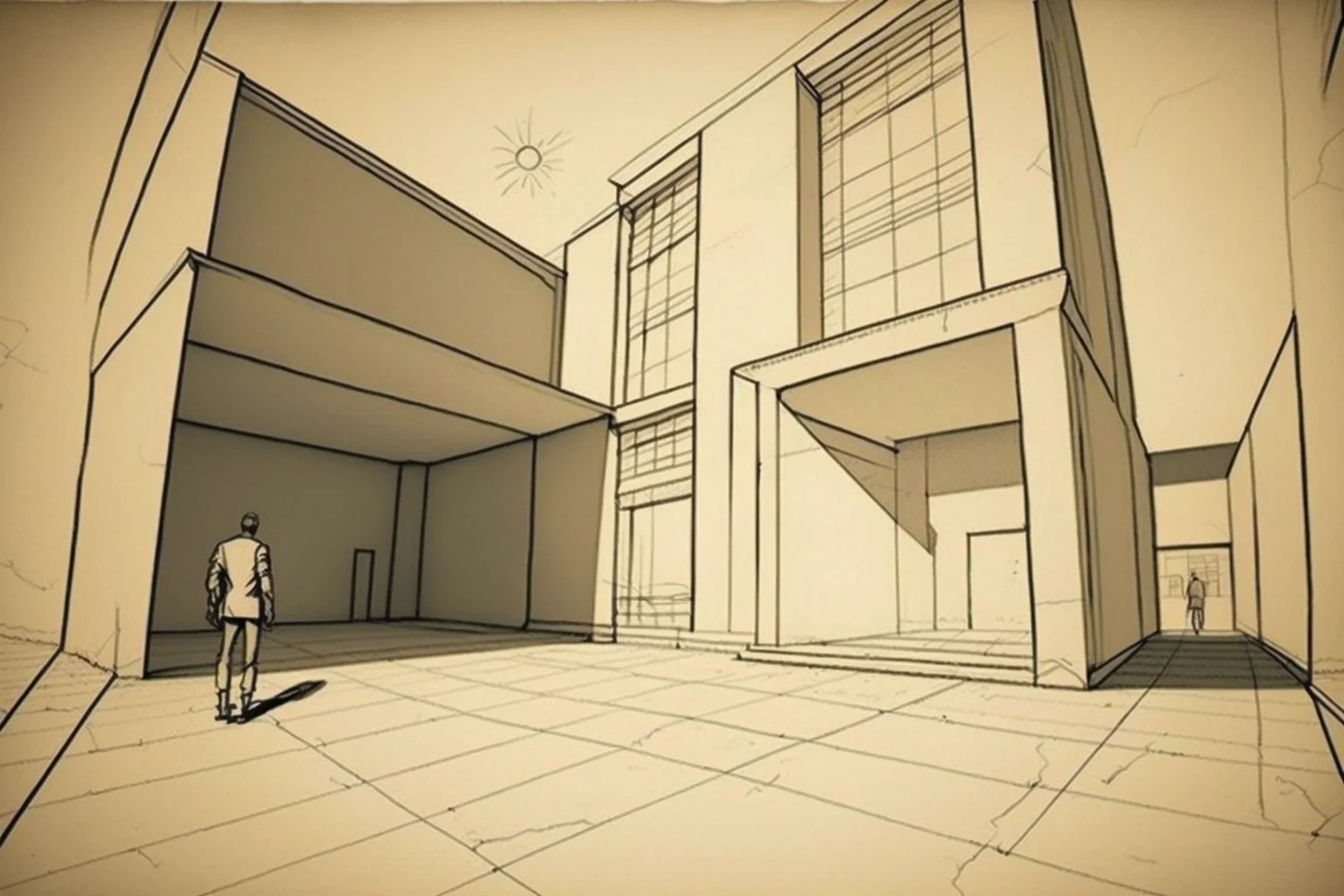
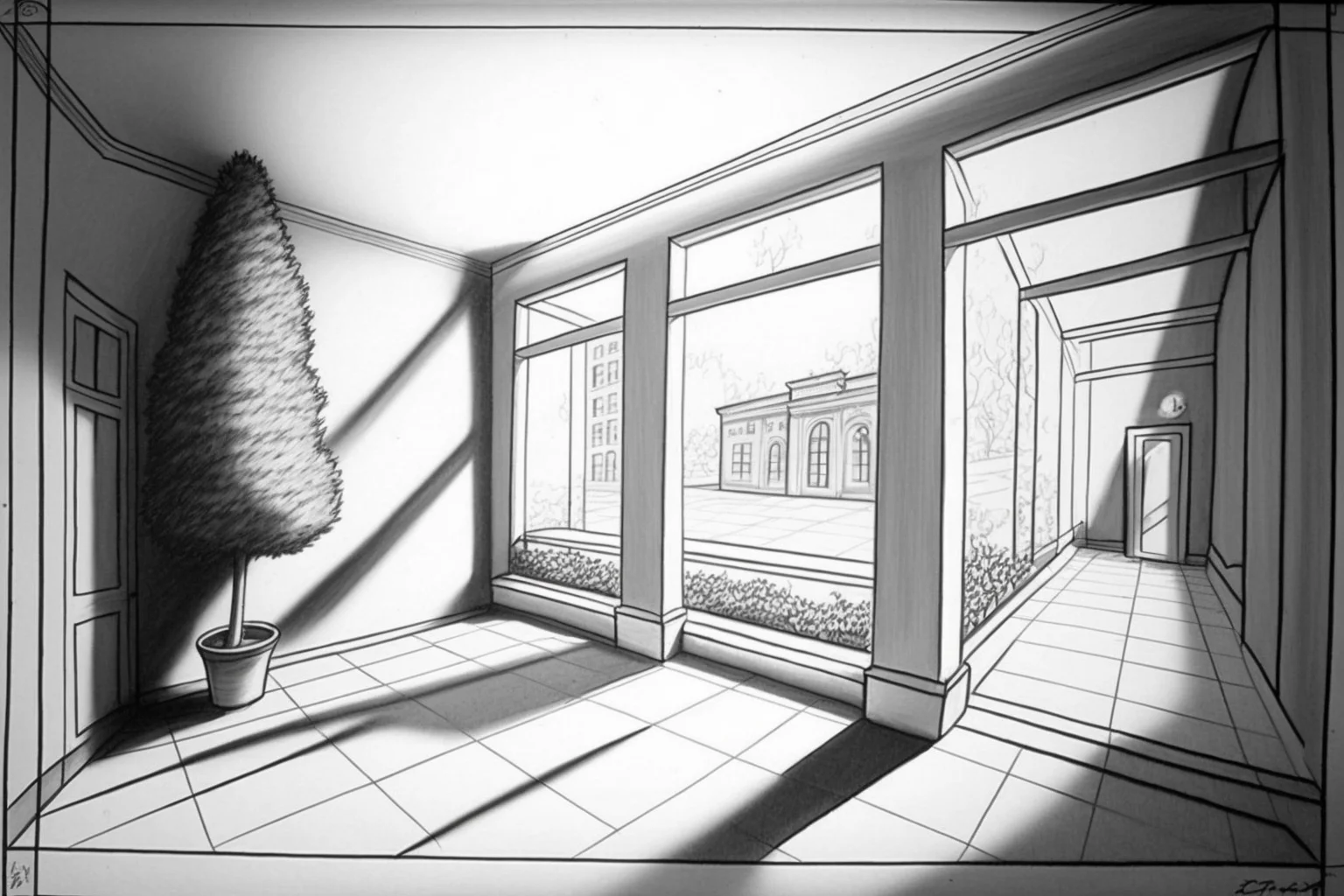
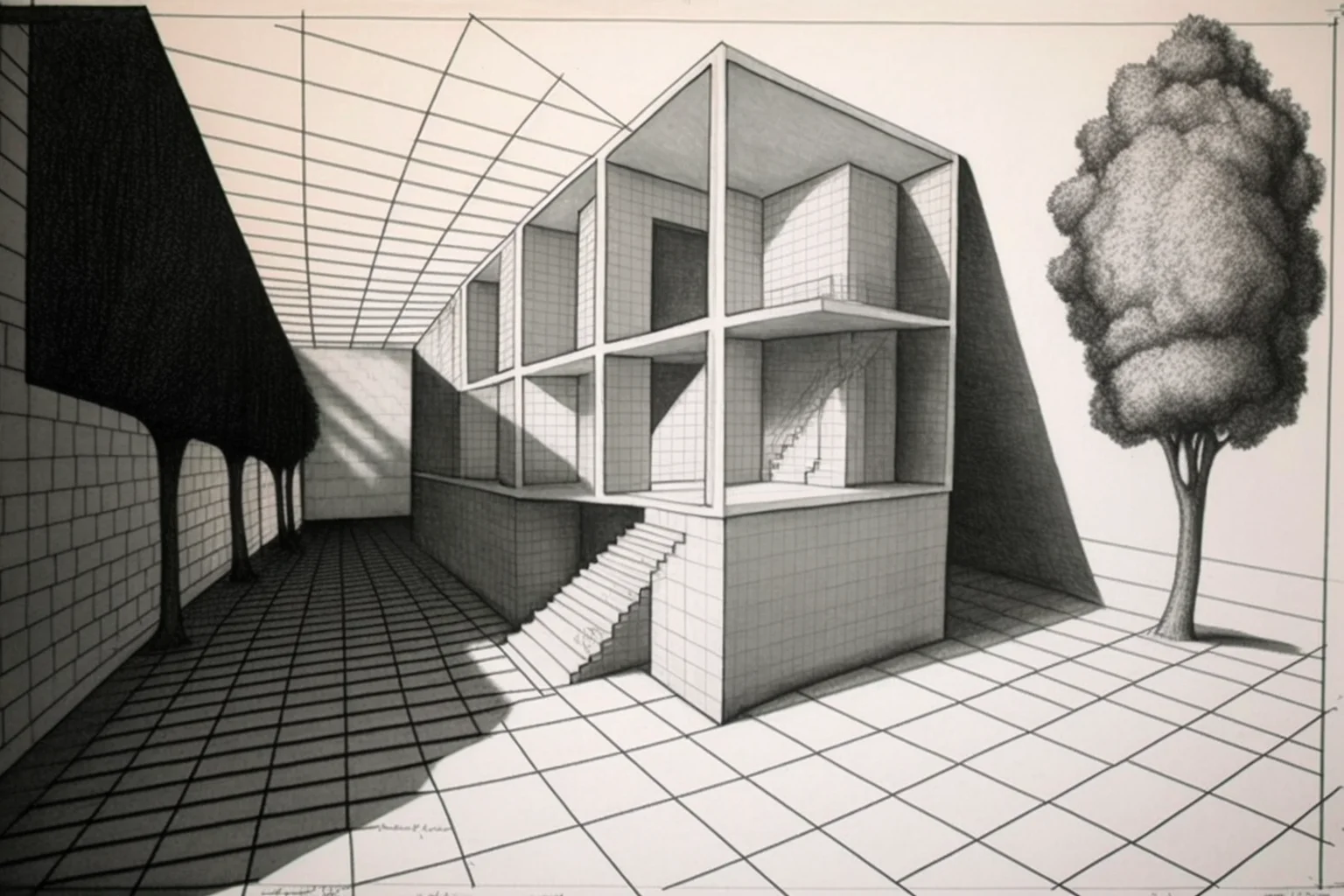
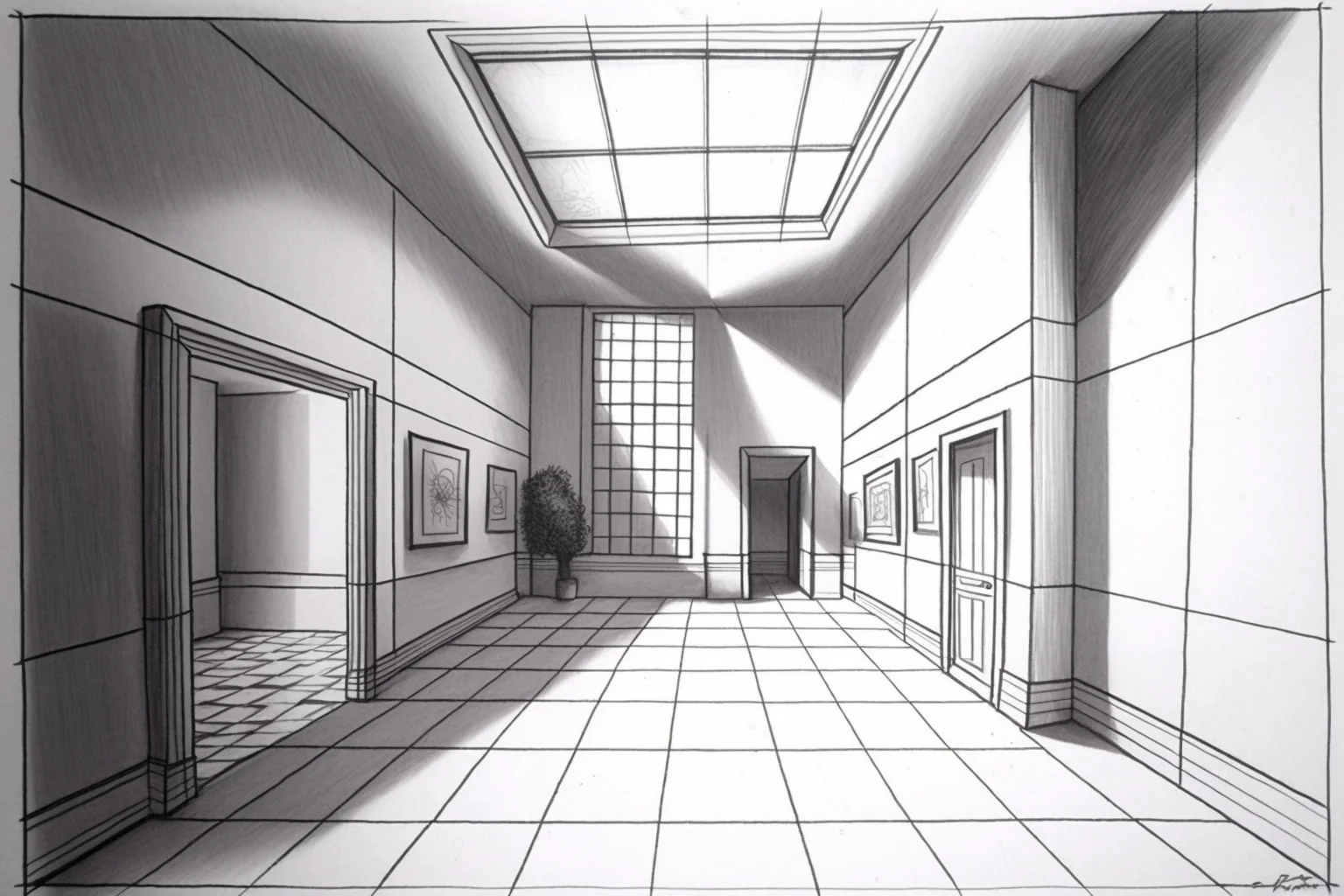
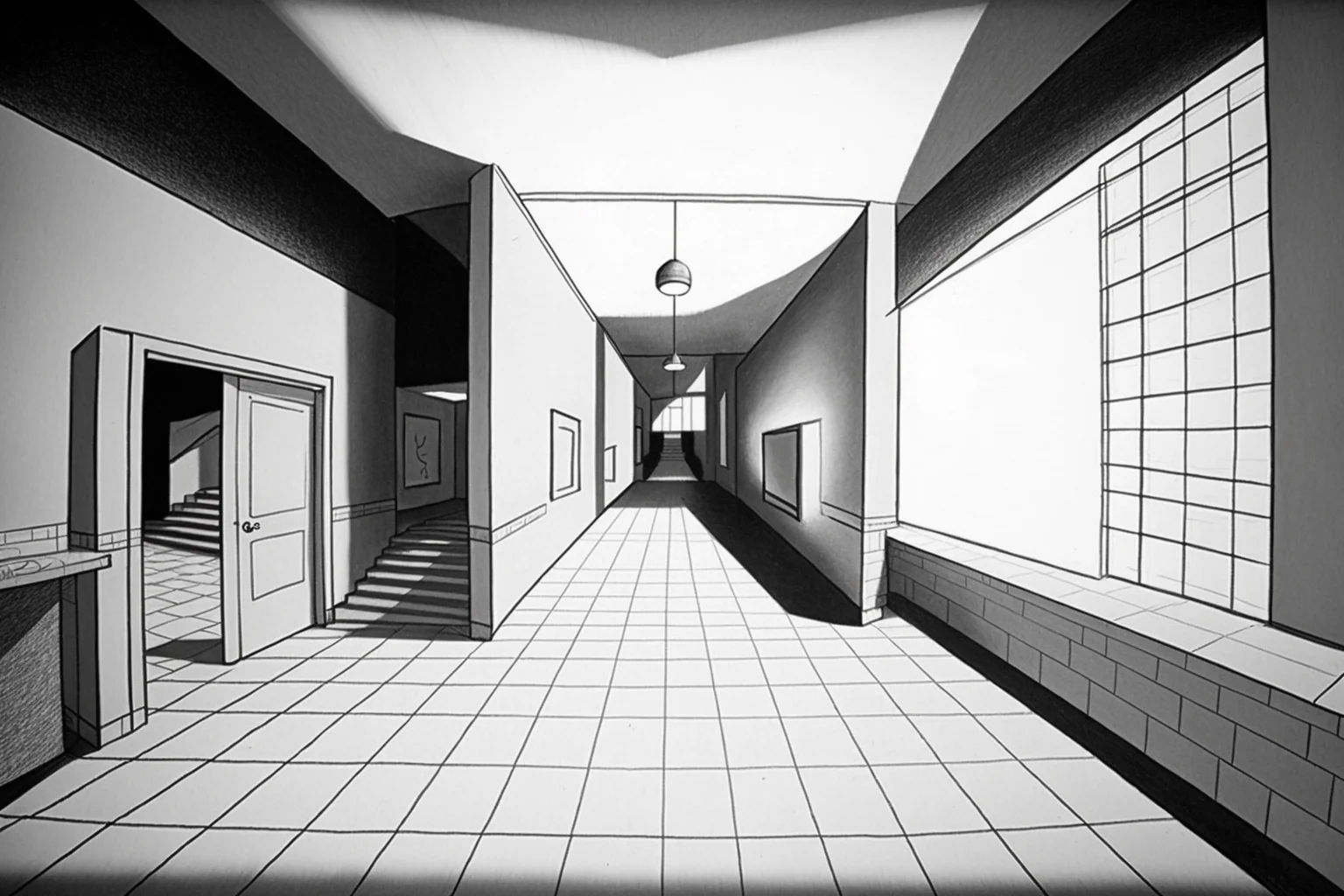

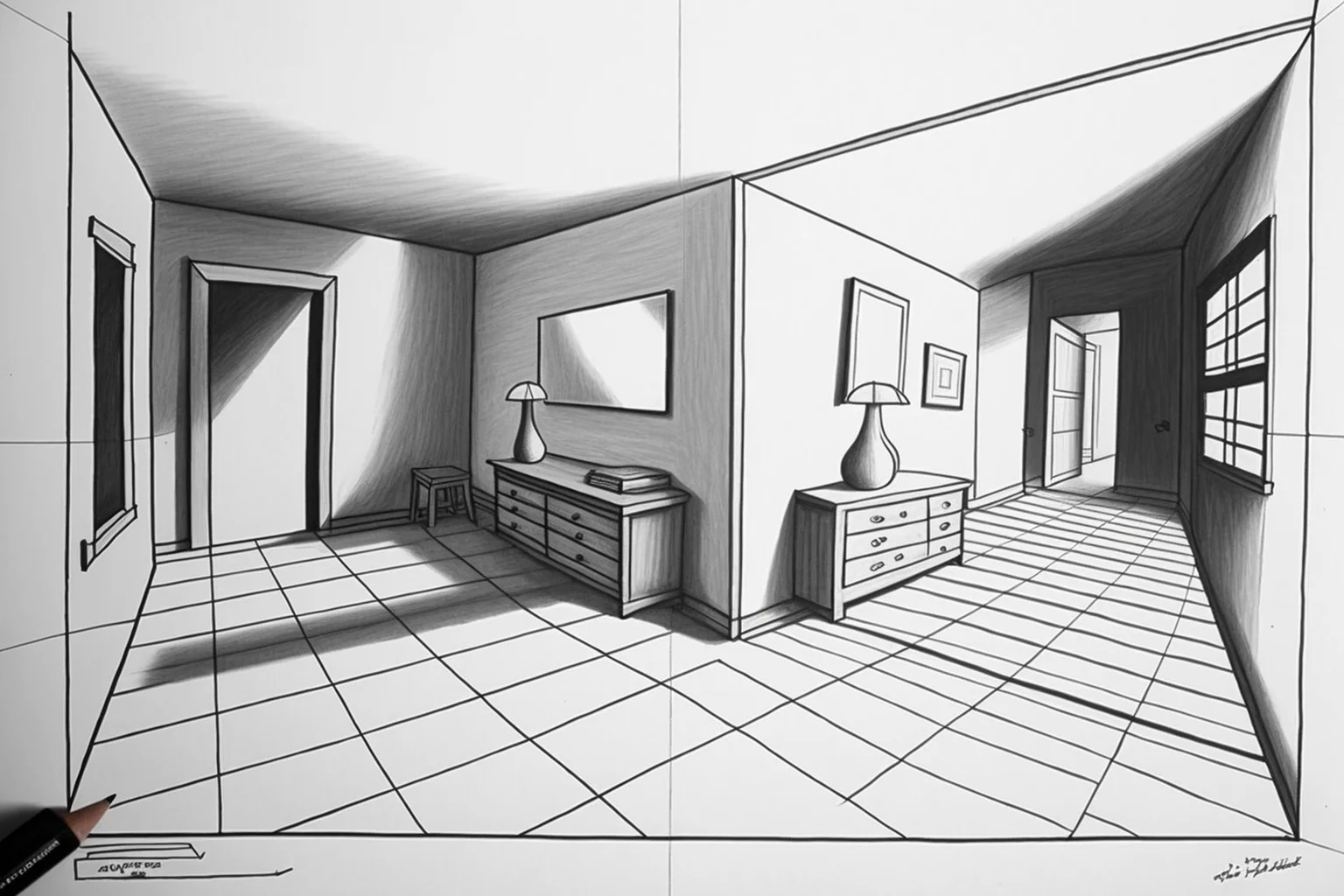
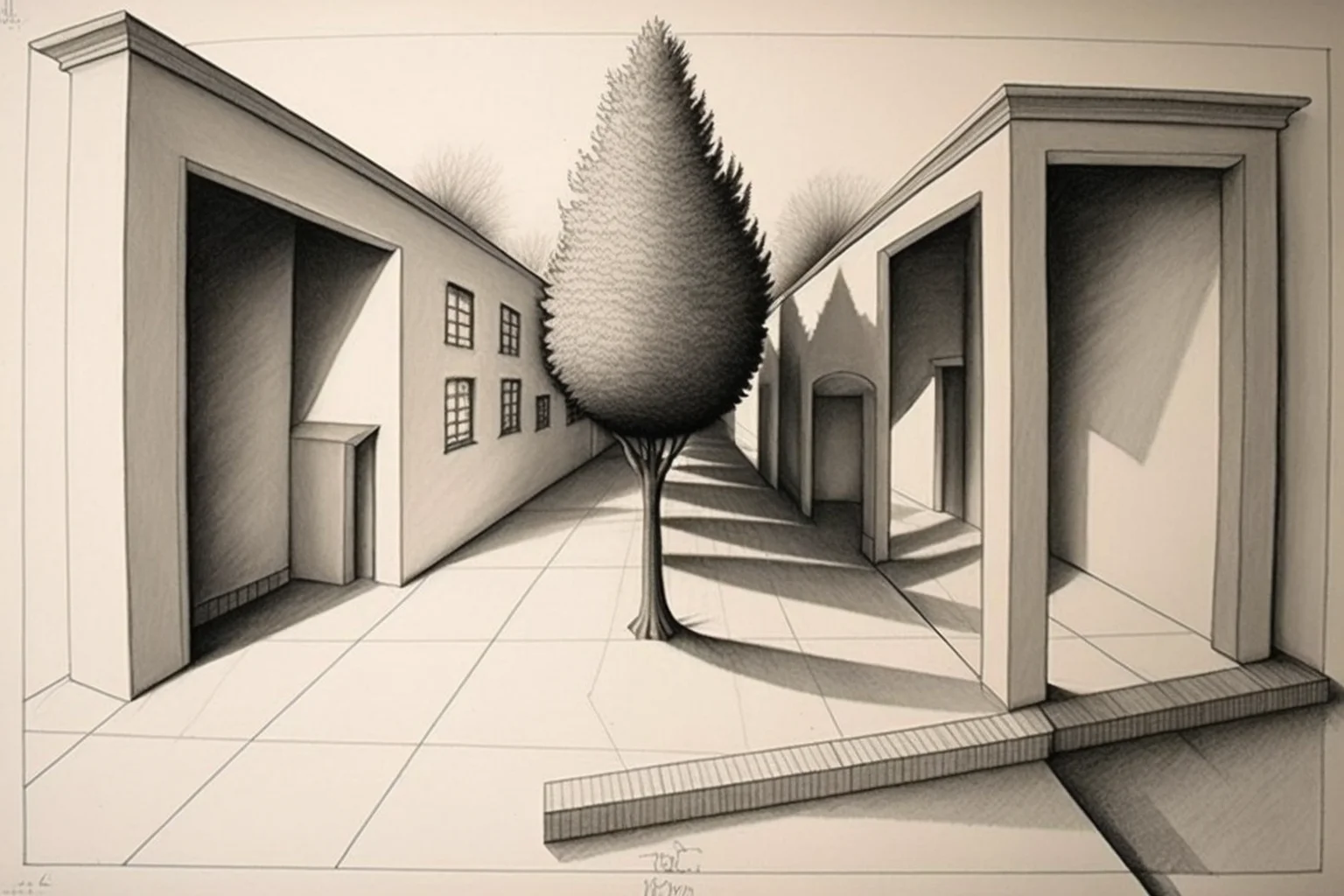


















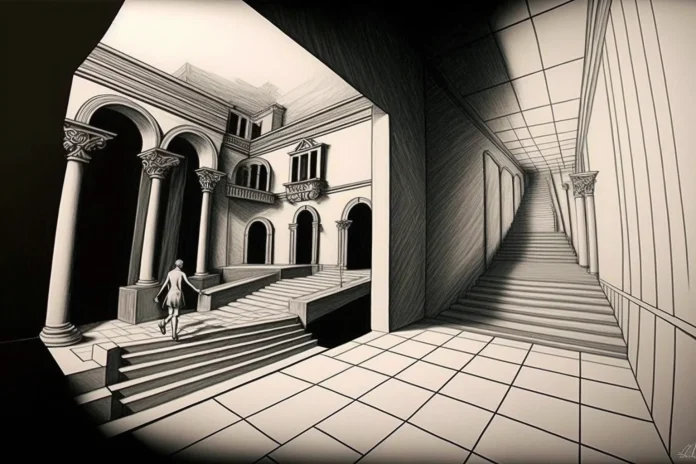
Awesome! A like your perspective design in terms of shade and shadow, smoothness and graphics. you are professional 💯🔥
Though I think all of the examples are lovely, most of them are views based on two or even three vanishing points, and very few just rely on one.